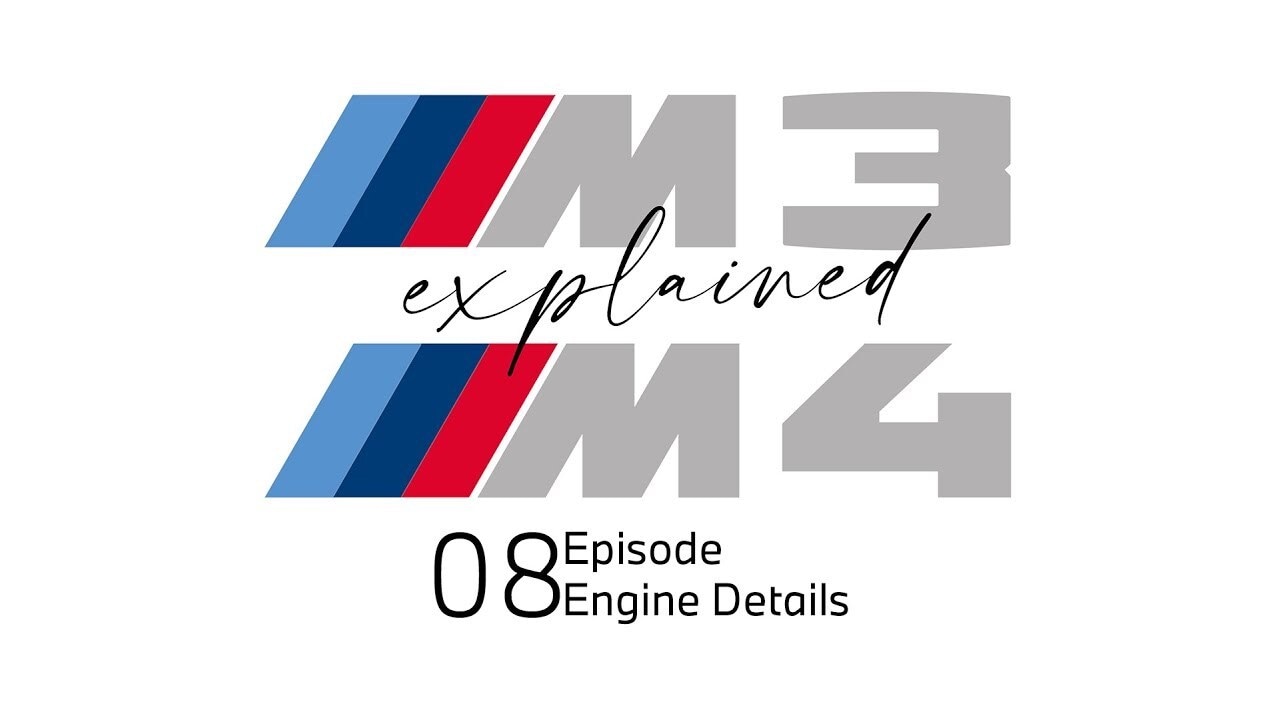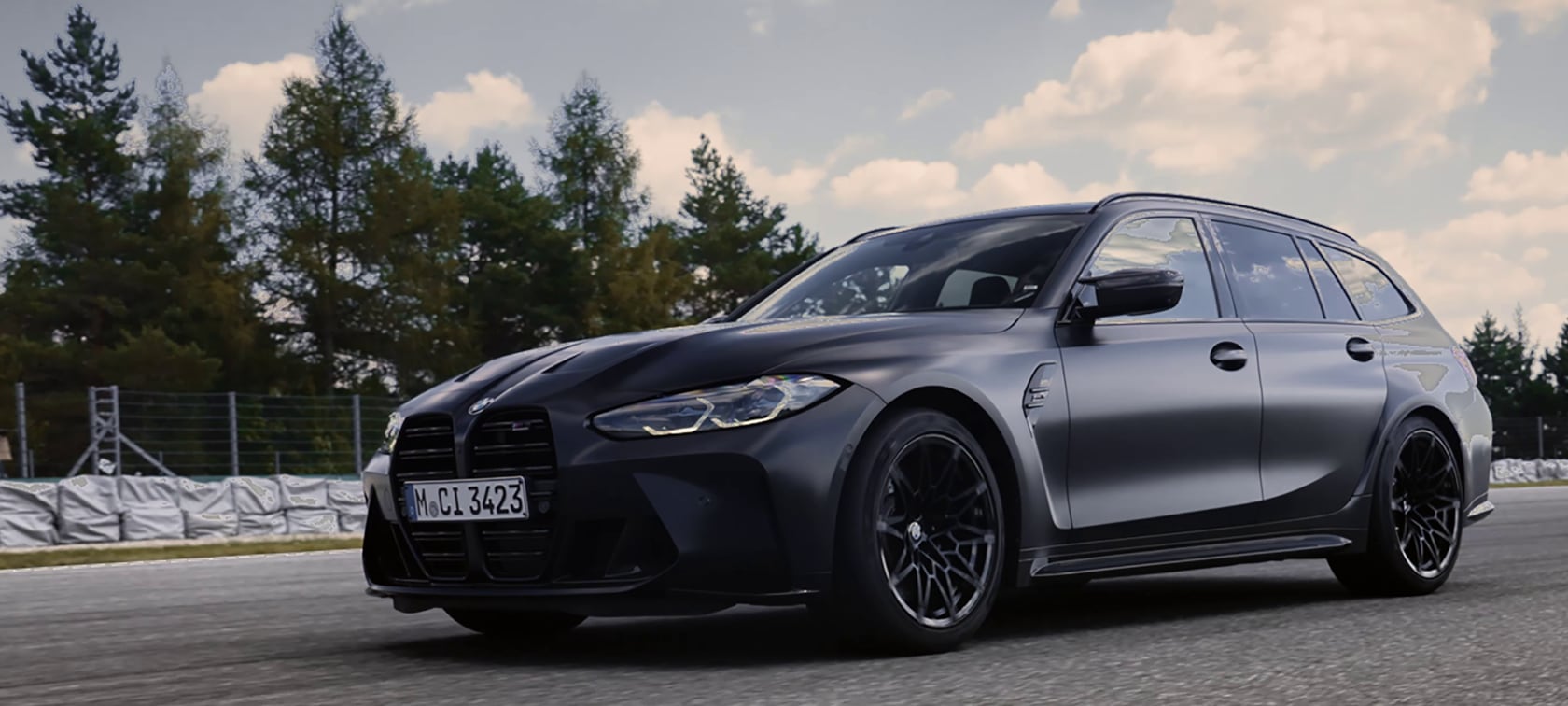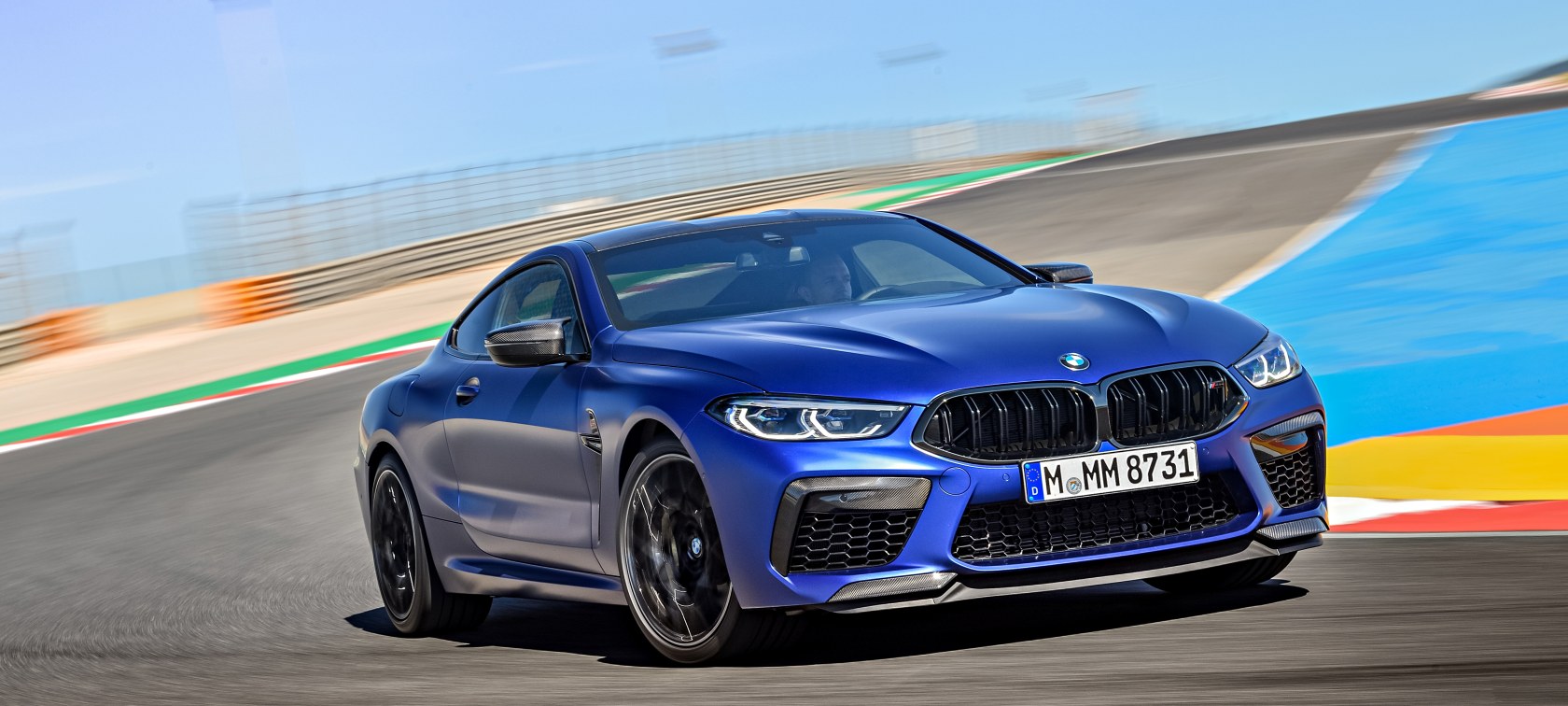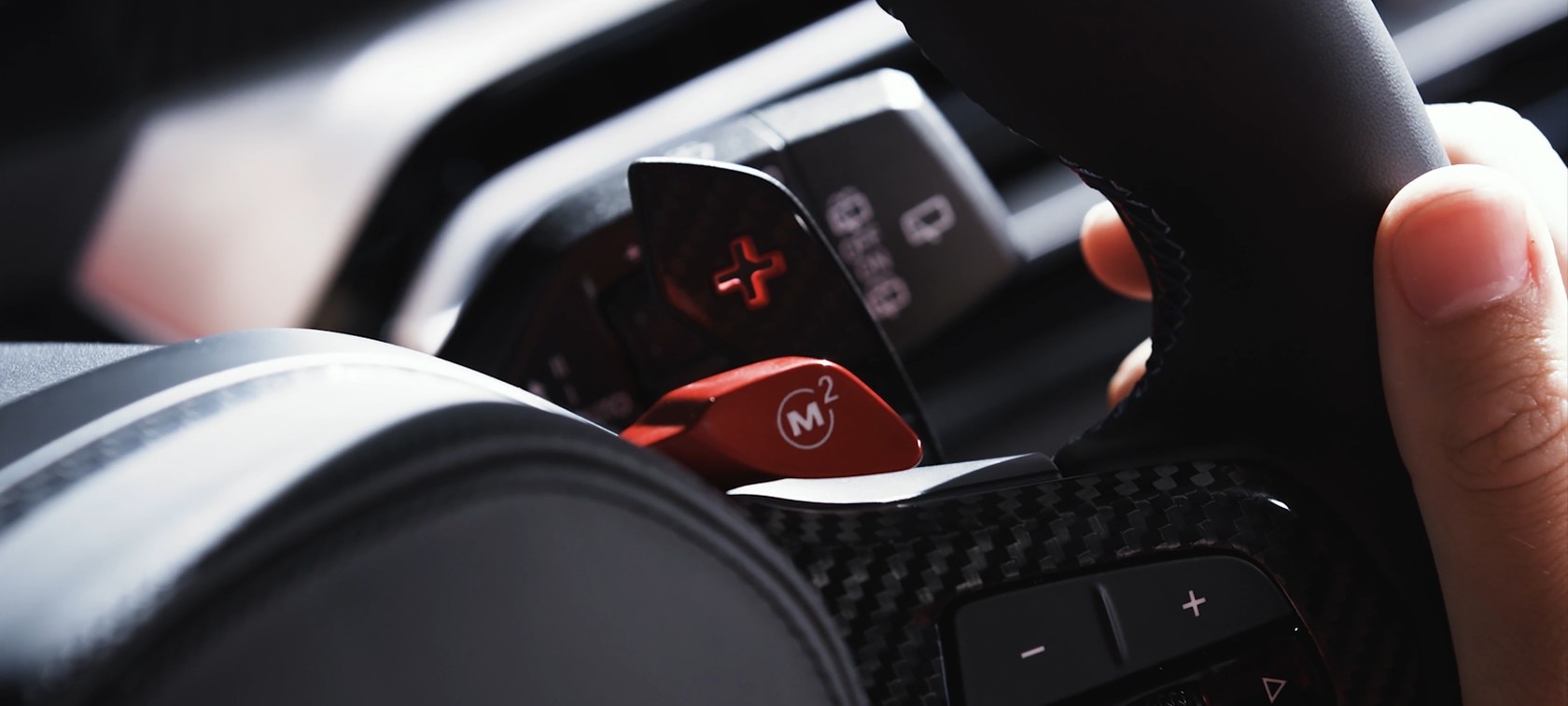The epitome of racing feeling in everyday traffic starts a new round. 35 years after the debut of the first BMW M3, BMW M GmbH presents the latest generation of its high-performance automobiles in the premium mid-size segment. Time to introduce the two new vehicles. In the #M3M4explained series, the developers have the floor.
In episode 08, Berti engine developer for BMW M3 and M4 talks about the engine details of the new M automobiles. He also answers questions from the M Community.
BMW M ENTHUSIASTS ASK, BMW M EXPERTS ANSWER.
What was the most difficult thing to engineer at the S58?
Berti: Shaving off weight from the crankshaft while maintaining the high power output and torsional rigidity was a pretty ambitious task.
How much did the crankshaft weigh from the previous M models?
The already lightweight S55 crank weighs about 21kg - so the new one is almost 2kg lighter while being capable of even higher power outputs.

How is the crank hub of the S58 different to the one of the S55?
In contrast to the S55's crankshaft, the new S58 crank features solidly forged pinions for the oil pump and camshaft drive chain. The torsional absorber is fixed with 4 screws too.
How is the crankshaft tested? (Torsion etc...)
There are several durability tests being conducted in the car, on the road as well as on an engine dynamometer. One of them is a 400 hour stress test at very high loads and rpms all the time.
How does the main bearing work in the crankshaft?
The main bearings are slide type bearings.

What technology was used to cast the crankshaft?
The S58's crankshaft is a forged one.
Does the engine have a sensor to recognize the octane rating of the petrol? (95, 98, 100)
The S58 adjusts to different fuel qualities accordingly.
Is there something like "emotional start" available when starting the engine?
The engine startup differentiates with the 3 different programmes - "Efficient" / "Sport" / "Sport Plus".
What are the tolerances of the rod bearings?
These are about 30 to 70 micrometers.
Does this or any other M car feature cylinder deactivation? If not, would you ever consider it in a new model?
With our Valvetronic valve timing system, optimum fuel efficiency across the entire rpm range is achieved. Hence, there is no need to use an additional cylinder deactivation.
What DOT oil do you recommend for combined track and daily use?
The same as all current BMW M vehicles. Please, refer to your user's manual for detailed specifications.
Should you change the bearing shells after a certain amount of kilometers?
In principle, the bearings are designed to last a complete engine's lifetime.


How many kilometers does it ideally take before you can go flat out?
Berti: The regular recommended 2,000 km break-in period ensures full power and perfect wear for all components of the drivetrain.
Which casting process is used to manufacture the components?
The main engine internals - crankshaft, pistons, conrods, camshaft - are all forged parts. Other parts like cylinder heads, engine block, oil pan are different cast production methods.
Are the engine components different for the regular and competition models?
No, there is no difference with regards to the hardware.
Is there any use of plastic in the S58, if so why?
Some parts are made of plastic - e.g. the oil pump's suction pipe - the reason being the use of the most appropriate material for any given purpose and package situation.
Why are engines covered with a plastic on the top? What is the benefit?
Besides the visual impact the cover mainly serves as an acoustic absorber.
What benefit does actively cracking the big end for install have vs cutting it?
The natural surface created by cracking the big end bearing is a quite effective method to achive the perfect match for both parts.
How do you ensure the inner surface of the piston rod stays smooth when it is cracked?
Basically, that is the trick of it. It is supposed to be a rough surface to create the perfect match for both parts. The bearing itself is being finished after the cracking process.
What is the function of valve seat pockets?
The valve seat pockets prevent the valves from touching the piston.
How long does the ceramic layer on the pin last in km's?
It is designed to last an engine's lifetime.
What main heritage features of former inline-6-cylinder engines are still available on the BMW M3 and M4 engine?
Despite all parts being new, the philosophy of a BMW inline-6 is still the same - providing a wide power band combined with a perfectly balanced engine.

Is material technology the biggest advancement in new engines? Or what else?
BMW engine development does not focus on one single point of view. It is always a combination of the latest technologies, experience, refinement and up-to-date materials.
Which is the compression ratio of the engine? And the turbo pressure?
Compression is 9.3:1 relative boost pressure is 1.7 bar in the Competition models.
Does the S58 have a Valvetronic and Vanos systems?
Yes, it uses the Valvetronic system.
How high can the engine rev in park or neutral?
All the way to its 7200rpm redline.
What are the advantages of having forged pistons?
At given strength and gas pressure requirements they are lighter than cast pistons.
Where are you from?
I am from Bavaria.
What is your favorite modern M car?
That is the all-new BMW M3.
How long have you been working for BMW?
I joined BMW in 2005.
What is your favorite classic M car?
A BMW M3 with the S65 engine.
Which was your first BMW?
That was a BMW R100 RS motorcycle some 40 years ago.
What did you study in order to do your job at BMW?
I majored in automotive engineering in Munich.

.jpg)



